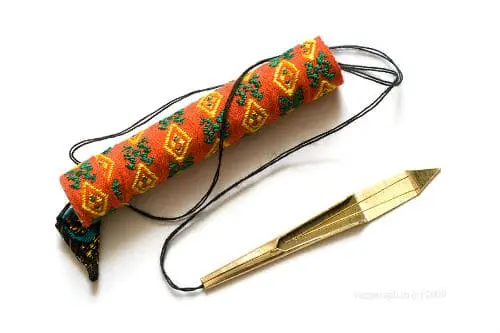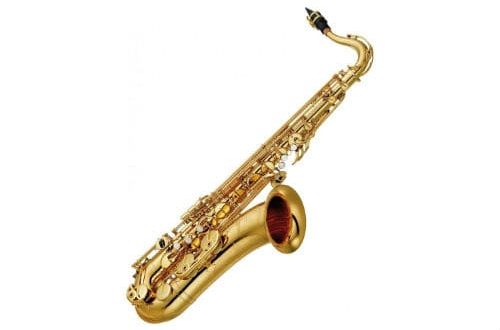
My Dan: what is it, the history of the origin of the instrument, sound, types
Dan moi is a Vietnamese folk wind petal musical instrument. It is a jew’s harp that is applied when playing not to the teeth, but to the lips. Its name, translated from Vietnamese, means “lip string instrument”.
History
It is believed that dan moi comes from the mountainous regions of northern Vietnam and was first born among the Hmong people. In their own language, the Hmong call it “rab” or “ncas tooj”. In the old days, according to tradition, getting to know each other in the marketplaces, the guys played Pan flutes, and the girls played reed jew’s harps – the prototypes of the current mine dans. According to another version, Hmong guys played it for their beloved ladies. Over time, the tool spread to the central regions of Vietnam.

Types
The most common type of tool is a lamellar one. Its length is about 10 cm, and its weight is about 2,5 g. For musicians, this type of instrument allows you to play a diverse range of sound effects. When playing on a lamellar jew’s harp, the oral cavity and tongue have more freedom than when playing on an arched jew’s harp. For this reason, it is this variety that is recommended for beginner harp players to use for training.
The bass variety is also popular. It sounds much lower and its overtones are richer and deeper. This dan moi is more reliable and suitable for two-way combat, it can be played at any pace.
My dan has a pleasant, not rough sound. It is not difficult to play, so this instrument is suitable for beginners. Moi dans are usually made of brass and kept in brightly embroidered cases.





